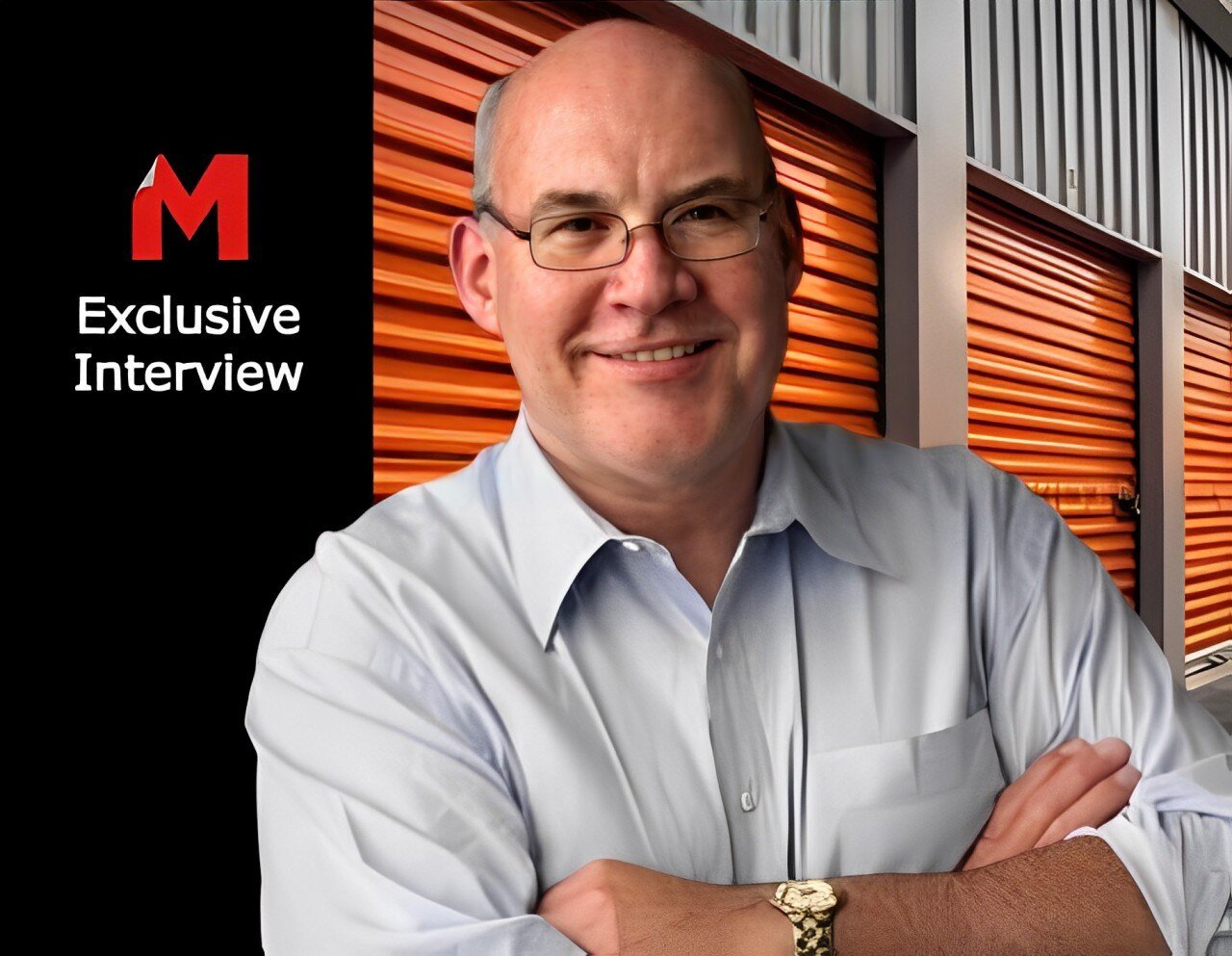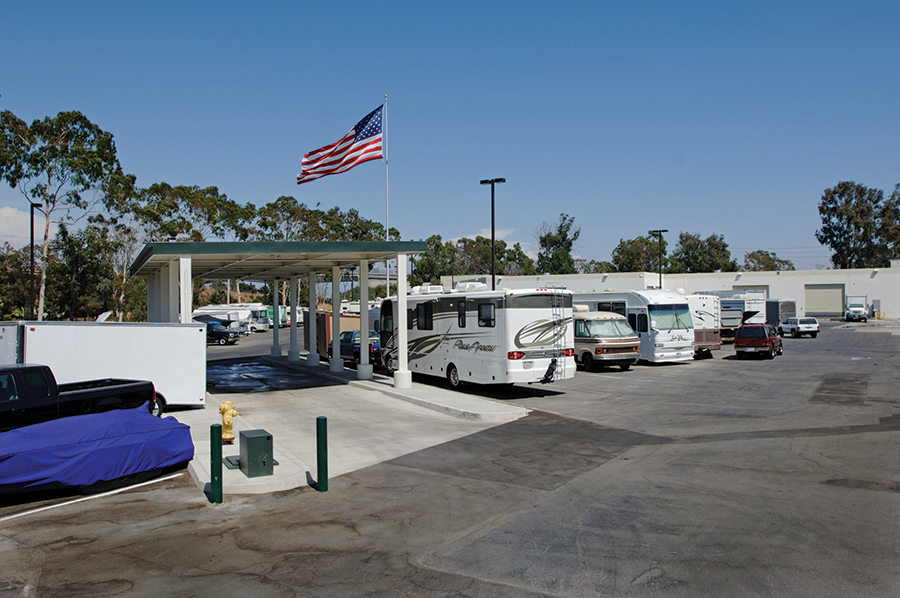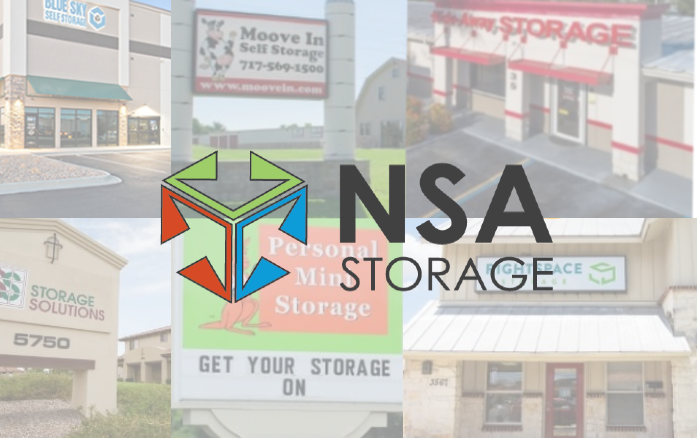Look Who’s Talking – Eric Blum, president, BMSGRP
“Do your homework.” It’s a phrase that anyone who’s developed a self-storage facility has likely heard at least once, but probably countless times, before breaking ground. No matter how many times it’s repeated, the point remains the same: There is a substantial amount of research (“homework”) that should be completed to ensure the proposed project has the capacity for success, and those who intend to develop a property should leave nothing to chance.
Developers need to dig into the demographics to determine whether the area can support new supply. What is the population density? How many rooftops are present? Are new multifamily housing projects in the works? Since job growth impacts population growth, what are the employment projections for the area? If the market’s population is growing, or at least not shrinking, will that said population’s average household income be sufficient for paying the rental rates you must charge to not only cover construction costs but produce a worthwhile profit? Let’s not forget about local competition. Demand may be high now, but how much of an impact will the two or three new self-storage developments slated to open before yours have on occupancies and rental rates?
These are just a handful of the typical questions developers must answer prior to building a self-storage facility. However, thanks to the current economic climate and rising interest rates, there may be additional homework assignments to complete.
To err on the side of caution, Eric Blum, president of Coral Springs, Fla.-based BSMGRP, a self-storage consulting company, advises developers to “sharpen their pencils” before moving forward with a project.
Market Shift
Blum, who’s been a self-storage consultant for 20 years, states that the additional questions surrounding feasible development are a result of the interest rate increases implemented in 2022. “Construction costs had just leveled,” he says. “Then we were punched in the gut with interest rates.”
With increased interest rates impacting valuations, cap rates, and the cost of capital, developers seeking to build a new ground-up development would be required to essentially “do more with less” to make a project pencil.
“Can you handle it at 10 percent?” Blum asks would-be developers.
To ensure they aren’t getting in over their heads by being unrealistic with financial projections, he advises them to “set numbers high for worst-case scenarios.” This practice would enable to developers to build in adequate profit margins—ones that may end up being more favorable should those intentionally elevated estimates be excessive.
“Gone are the days of three percent loans,” says Blum, pointing out that bank requirements are intensifying and “banks are getting tighter with money.”
“Look at [the possibility of] lower [rental] rates,” he adds. “If it still works, look at doing it.”
Even if it would work today, Blum urges developers to take future competition into account. With a seemingly continual amount of new supply entering markets, this step in the due diligence process has become crucial. Astute developers will seek to answer these questions: How many projects are in the permitting stage? How many projects are currently under development? Are housing and retail still coming into the market?
Blum also offers this hypothetical scenario as an example: You are looking to develop a new ground-up facility in Florida that would take approximately three years to complete. Three new self-storage facilities are in various stages of development, but all of them are expected to open within two years. They should be at least a year into their lease-up before your project opens. While this may seem sensible, there is a caveat that must be considered. “What if there are delays?” asks Blum. If the openings of those three facilities are delayed, that could have a significant impact on your project’s occupancies and rental rates.
“If you can manage with lower rental rates, fine,” he says. “But do not be afraid to find other options like a JV or selling the project instead of just walking away from a project and waiting to see if it will get better.”
Blum knows of a few projects that have been discarded due to slowdowns in moving and population growth. He also mentions that construction has cooled in some of the country’s tertiary markets. “In Georgia and the Carolinas, some developers have pulled out of projects,” he says, noting that others are in a “wait-and-see pattern.”
While there are lots of questions about future demand, especially in more rural markets, Blum says development is still “full steam ahead” in Florida and Texas. “There’s growth in Texas and Florida and some secondary markets outside of major MSAs.” He reports continued growth for the Northeast’s top MSAs too, including New York City and markets within Massachusetts.
Newer Developers
Blum notes that much of BSMGRP’s new business is coming from a different kind of developer. As of late, many of his new clients have had “land in their families for years” and are considering self-storage development as a way to secure a steady revenue stream from “mailbox money.” Others may own a vacant building, such as a shopping center or a warehouse, that could be suitable for a self-storage conversion. Whether they own land or a building, Blum says that not having land costs to factor into the development budget makes it easier for them to make the numbers work.
“Development has turned from buying land” to using land on hand, says Blum. The kicker: A significant segment of these newer developers only gave self-storage development consideration after receiving several inquiries from established industry developers who were looking to purchase their land/buildings for self-storage. With the notion that self-storage must be the best fit for their property, they have “decided to develop for themselves.”
Plausible Predictions
Despite an appreciated uptick in BSMGRP’s business volume, Blum believes the self-storage industry will experience a slowdown in growth over the next two to three years. The good news: “There is still big interest in the industry,” he says. Moreover, in most markets, “Occupancies are still strong. Rates are still strong.”
“If you can make it through to the other end [of this downturn], and you open in 2024,” Blum says self-storage developers may be in a good place for the rebound of the economy.
“I still think self-storage is cyclical and will come out strong,” he adds. “There may be more opportunity when [interest] rates decline.”
Indeed, if higher interest rates are a means for combating inflation, perhaps the increase will be beneficial for development in the long run. “Labor, supply chains, and construction costs may be better in a year or two,” says Blum. “It won’t go back to pre-pandemic pricing, but it will hopefully stabilize.”
At the very least, stabilization would help developers make more accurate financial projections.
Of the post-recession development cycle, Blum says, “It may not be a boom again, but maybe there is a nice middle spot for everyone.” Erica Shatzer is the editor of Mini-Storage Messenger, Self-Storage Now!, Self-Storage Canada, and MiniCo Publishing’s annual Self-Storage Almanac
More Content
Popular Posts
Self-storage is not an industry that is...
It’s said that necessity is the mother of...
The self storage industry is in a precarious...
Joe Shoen, CEO of U-Haul, has had enough.
There are an estimated 700,000 hotels in the...
Like its name implies, Surprise, Ariz., a...
In a booming economy, expendable income...
National Storage Affiliates Trust (NSA), the...
The question of “abandonment” of stored...
Boat and RV storage has morphed and...
Self-storage is not an industry that is...
It’s said that necessity is the mother of...
The self storage industry is in a precarious...
Joe Shoen, CEO of U-Haul, has had enough.
Recent Posts
Having a strong online presence is...
Social media and search engine...
In April 1984, the first non-stop commercial...
Raise your hand if you’ve ever made plans,...
Everyone knows it: Investing in real estate...
They say when one door closes, another one...
Like its name implies, Surprise, Ariz., a...
Self-storage has become as reliant on the...
Having a strong online presence is...
Social media and search engine...
In April 1984, the first non-stop commercial...
Raise your hand if you’ve ever made plans,...


















